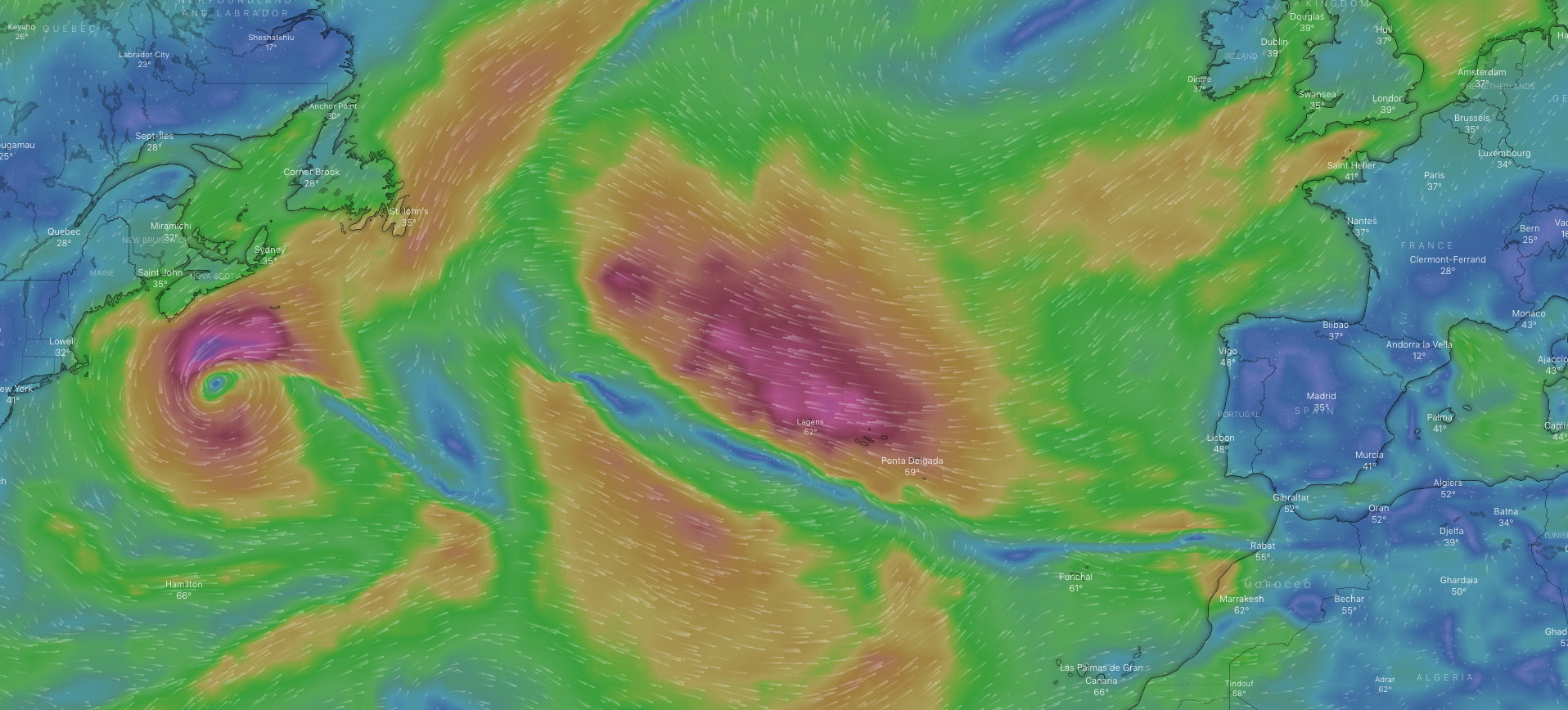Team BirdCast has a number of projects underway for this year, including a continuing and expanding Lights Out campaign in Texas and of course the migration forecast and live migration maps you have now come to expect. We would also like to highlight some events to watch in the coming weeks and months. Technically we are still a good 4-6 weeks from the first significant movements of mid to late winter migrants moving in the US, but several patterns warrant attention.
First, some return movements of the bounty of this past season’s irruptive and eruptive migrants may occur in the near future. Whether these are movements that are continuing from the fall season, perhaps more nomadic than directed, or whether these are return flights to areas of origins, remains to be seen. But birders should be observant for finches, nuthatches, chickadees and titmice, and others; and of course, please submit your observations to eBird! Understanding the destinations and the extent, timing, and location of return and continuing movements is of great interest, as there is still much to learn about how these species on the move … well … move!
Second, as we have noted a number of times since we started highlighting the patterns in 2012, the coming weeks in northeastern North America will bring conditions to European vagrants to appear.
 Easterly winds (i.e. blowing from Europe toward North America) associated with blocking high pressure and the negative phase of the North Atlantic Oscillation are expected, and with their reappearance comes the potential for Northern Lapwing and other species to occur. This past fall saw the occurrences of Common Cuckoo, Northern Lapwing, and several (including a continuing) Common Shelducks, among others.
Easterly winds (i.e. blowing from Europe toward North America) associated with blocking high pressure and the negative phase of the North Atlantic Oscillation are expected, and with their reappearance comes the potential for Northern Lapwing and other species to occur. This past fall saw the occurrences of Common Cuckoo, Northern Lapwing, and several (including a continuing) Common Shelducks, among others.
Finally, even though the first significant movements of most migrants are still many weeks away, the first signs of “spring” migration are on the horizon. Among other species on the move or soon to be on the move, Purple Martins will be returning in small numbers as early as the first week of January (some individuals are already quite far north, or remained farther north than the bulk of the population).




